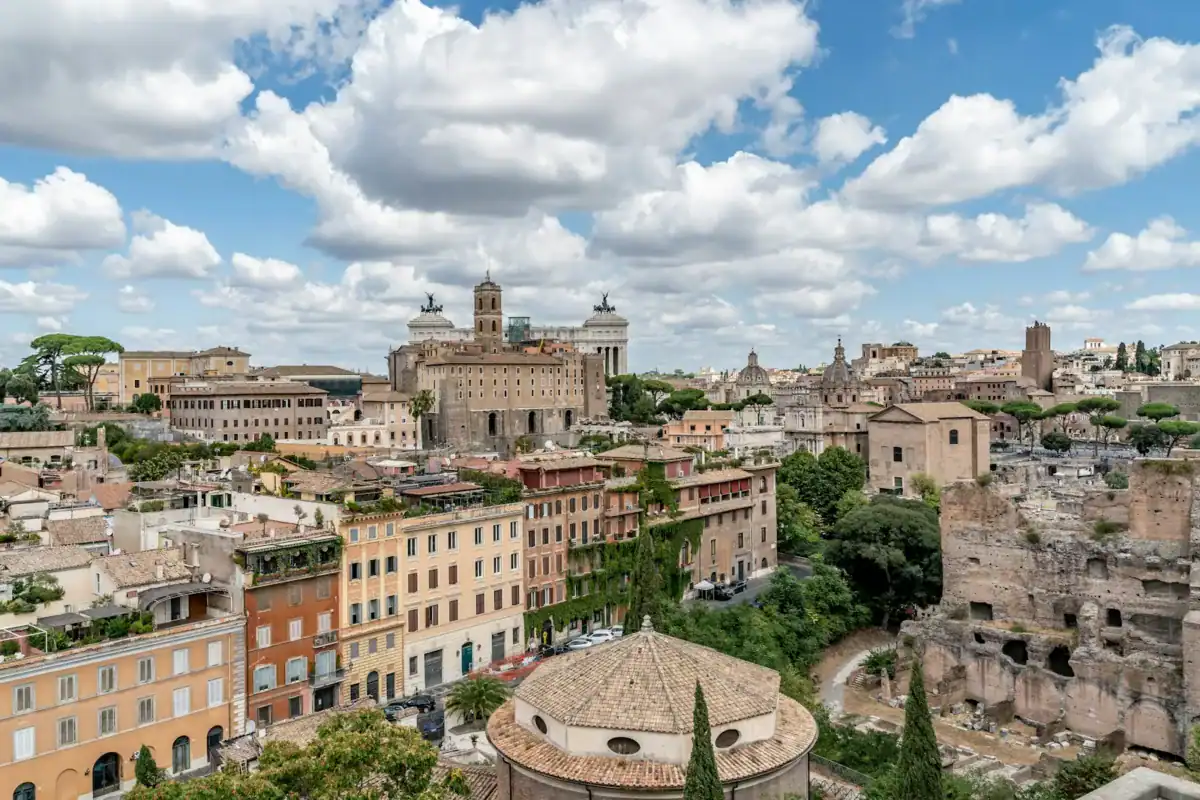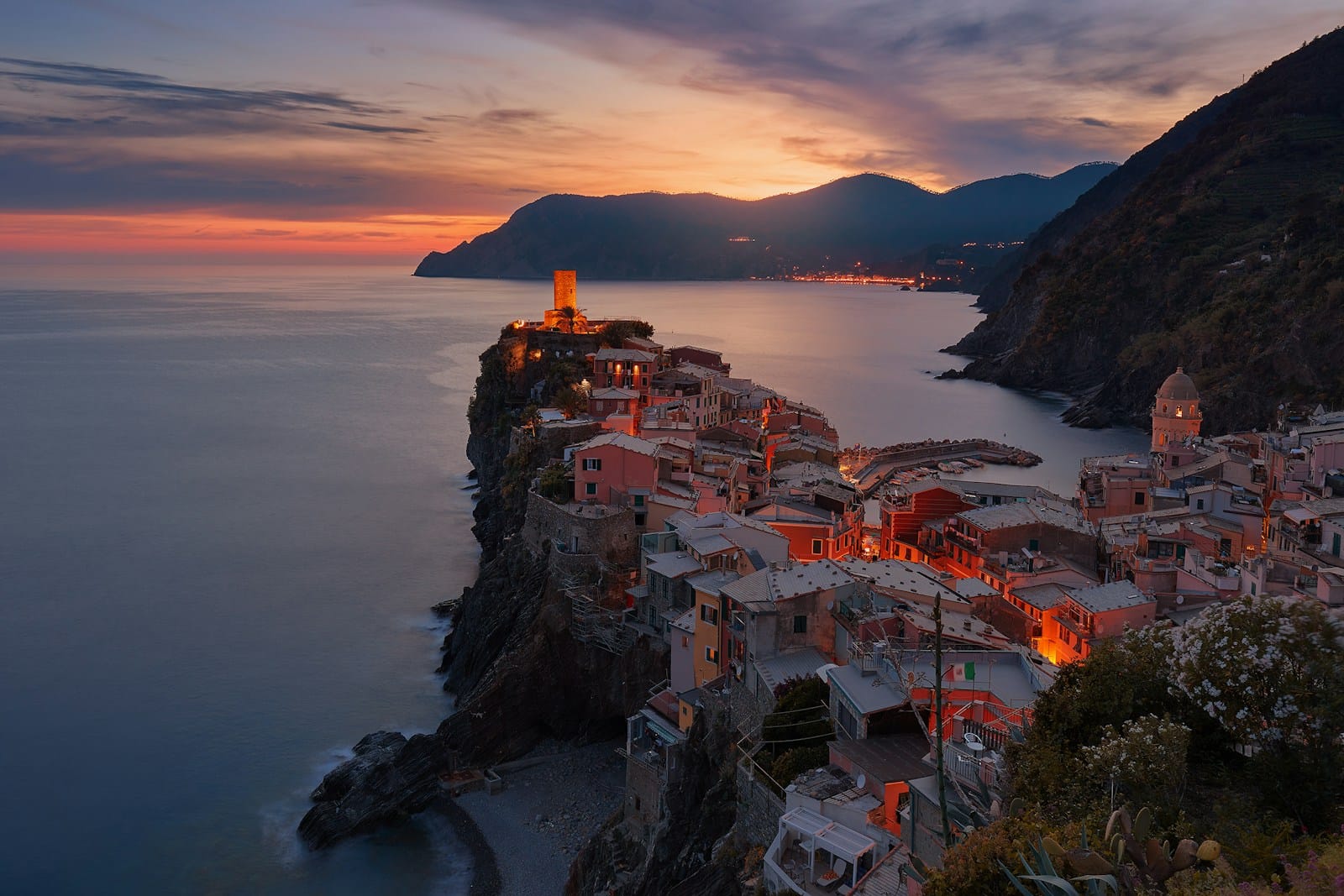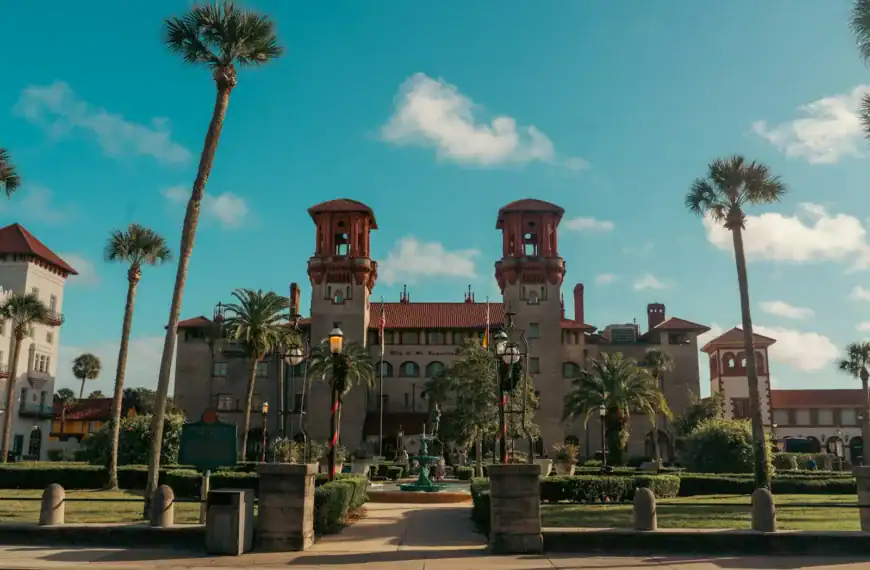Palatine Hill Attraction with Ruins and Palaces
Intro to Palatine Hill
Walk where emperors once ruled, gaze across ruins that whisper of gods and gladiators, and feel the gravity of history under your feet — Palatine Hill isn’t just the birthplace of Rome, it’s the heart of its ancient soul.
Towering above the Roman Forum and just steps from the Colosseum, Palatine Hill is more than a scenic plateau. It’s an open-air museum of imperial palaces, mythological lore, secret gardens, and 2,000-year-old marvels. Whether you’re a first-timer or a returning visitor, exploring Palatine Hill unveils some of the most immersive attractions in all of Rome.
This guide reveals the must-see attractions, cultural highlights, and timeless experiences that define Palatine Hill — with tips to help you uncover ancient secrets while skipping modern crowds.
💡Quick Facts:
Destination: Palatine Hill
Continent: Europe
Country: Italy
State/Province: Lazio
City: Rome
Area: ~2 km² (part of central Rome’s archaeological zone)
Population: N/A (historic site)
Density: N/A
Founded: Ancient Rome, traditionally 753 BCE (legendary founding by Romulus)
Capital Status: Part of Rome, capital of Italy
Regions/Subregions: Roman Forum, Circus Maximus, Colosseum area
Official & Regional Languages: Italian (official); English commonly used in tourism
Currency: Euro (EUR, €)
Time Zone(s): Central European Time (UTC+1); Central European Summer Time (UTC+2 in DST)
Airports: Leonardo da Vinci–Fiumicino (FCO), Ciampino (CIA)
Climate: Mediterranean – hot, dry summers; mild, rainy winters
Known For: Birthplace of Rome, imperial palaces, archaeological ruins, panoramic views over Roman Forum and Colosseum
🛂Arrival Info:
Visa Policy: Schengen Zone rules; visa-free for EU, EEA, many countries (up to 90 days)
Visa Required: For non-exempt nationals; Schengen visa required
Visa on Arrival: Not available
Max Tourist Stay: 90 days within 180 days (Schengen)
Onward Travel: Proof of onward/return ticket may be required
Immigration Authority: Italy Ministry of Foreign Affairs
🏥Health Info:
Vaccines Required: None for entry
Vaccines Recommended: Routine immunizations; Hepatitis A/B for some travelers
Health Risks: Low; summer heat can cause dehydration/sunstroke
Hospitals: Policlinico Umberto I, San Camillo (English-speaking services available in Rome)
Insurance: Recommended; EU visitors can use EHIC/GHIC
Emergency Number: 112 (general EU emergency)
🚑 Check travel insurance options for travel emergencies, delays, and medical needs abroad — Get coverage here
💉 Stay Informed with Official Updates: WHO – International Travel & Health | CDC – Travel health updates
🚨Travel Advisory:
Safety Level: Safe; standard Rome tourist precautions apply
Petty Crime: Pickpocketing and scams near Colosseum and Forum entrances
Natural Risks: Summer heatwaves; slippery paths in wet weather
🌍Track Real-Time Official Updates: US Travel Advisory | UK Foreign Travel Advice | Government of Canada | NZ SafeTravel
🥳Holidays:
New Year’s Day: Jan 1
Liberation Day: Apr 25
Republic Day: Jun 2
Assumption of Mary: Aug 15
All Saints’ Day: Nov 1
Christmas Day: Dec 25
(Local: Natale di Roma (Rome’s Birthday) Apr 21, celebrated with parades and reenactments near Palatine Hill)
💰Visitor Info:
Currency: Euro (€)
Cards & ATMs: Widely accepted; ATMs near entrances
Tipping: Not expected at ticketed sites; optional for guides
Tourist Taxes: Rome city tax applies to accommodations, not site entry
Average Budget: Entry to Palatine Hill/Colosseum/Forum combo ticket ~€16–18 (reduced for EU youth; free for children under 18)
🛫Airports:
Rome Fiumicino (FCO): Major international hub, ~30 km from center
Rome Ciampino (CIA): Budget carriers, ~15 km from center
Connections: Direct trains, buses, and taxis from airports to Termini Station
🧳 Delayed or canceled flight? Check if you’re eligible for compensation
🚍Transport:
Local Transit: Metro Line B (Colosseo station), buses, trams to Colosseum area
Walking: Palatine Hill is within Rome’s historic core; best explored on foot
Tours: Guided tours available with skip-the-line access and combined tickets
Driving Laws: Not recommended; ZTL (restricted traffic zones) in central Rome
🚗 Book reliable airport transfers and in-city rides in advance. Reserve your ride here
🛰️Connectivity:
Mobile Networks: TIM, Vodafone, WindTre, Iliad
Coverage: Excellent in Rome city center
eSIM Options: Available at airports, carrier shops, and online providers
Public Wi-Fi: Found in cafés, hotels, and some public areas in central Rome
🛜 Stay connected abroad with affordable eSIM data packs. Get your eSIM here
📜Laws & Etiquette:
Drinking Age: 18
Smoking Laws: Banned indoors and at archaeological sites
Dress Code: Comfortable walking shoes; modest attire recommended for nearby churches
Etiquette: Do not climb or sit on ruins; follow site preservation rules
LGBTQ+ Safety: Rome is inclusive; site safe for all visitors
👮Emergency Info:
Emergency Number: 112 (general EU)
Tourist Info: Rome Tourism Official Site
🗺️US/UK Embassies Abroad: US Embassies | UK Embassies
🏛️ Embassy locator tools: Embassies Worldwide
🌞Weather:
Winter (Dec–Feb): 3–12°C (37–54°F), cool, occasional rain
Spring (Mar–May): 10–22°C (50–72°F), mild, wildflowers, good for sightseeing
Summer (Jun–Aug): 18–32°C (64–90°F), hot, crowded; shade limited on hill
Fall (Sep–Nov): 10–22°C (50–72°F), cooler, frequent showers
🌦️ Stay prepared—check the weather forecast for your destination — Weather Forecast
Why Visit These Palatine Hill Attractions?
Palatine Hill is one of the seven legendary hills of Rome — and arguably the most important. According to myth, this is where Romulus founded Rome in 753 BC, and where emperors like Augustus, Tiberius, and Domitian built their palatial residences. The word “palace” itself comes from “Palatine.”
What makes this area extraordinary isn’t just the ruins — it’s the layers of history packed into a single walkable zone. With a single ticket, you can explore the Roman Forum, Palatine Hill, and the Colosseum, making it one of the best-value cultural experiences in the world.
For history buffs, photographers, or those chasing cinematic views of Rome, Palatine Hill is unmissable. Guided tours help bring the ruins to life, while skip-the-line passes ensure you spend more time exploring and less time waiting under the Roman sun.
Iconic Landmarks and Historic Sites
Domus Augustana (House of Augustus)
This was the primary residence of Rome’s first emperor. With restored frescoes, elegant courtyards, and private temples, it reveals the life of one of history’s most powerful figures.
Visitor Tip: Currently open by reservation only or with a guided tour — book early for priority access.
Stadium of Domitian (Palatine Stadium)
Once a private arena for imperial games, this sunken oval field is surrounded by high stone walls and lush gardens. Though not used for public spectacles like the Colosseum, it reflects the elite lifestyle of Rome’s rulers.
Domus Flavia (Flavian Palace)
This grand palace complex featured banquet halls, throne rooms, and luxurious bath areas. It represents Rome at the height of its architectural sophistication during the 1st century AD.
Hut of Romulus (Casa Romuli)
Believed to be the legendary home of Romulus, this humble archaeological site near the hill’s crest evokes Rome’s mythical origins. Whether fact or fable, the experience connects you to the very dawn of Roman civilization.
Palatine Museum (Antiquarium del Palatino)
Don’t miss this small but rich museum housing artifacts found during Palatine excavations — from statues of emperors to intricate mosaics and everyday Roman tools.
Museums, Galleries & Cultural Spaces
Roman Forum (Forum Romanum)
Technically not on Palatine Hill, but forming its valley base, the Forum is inseparable from the Palatine experience. It was the bustling civic and commercial heart of ancient Rome.
Don’t miss: The Temple of Saturn, Arch of Septimius Severus, and the Curia Julia (Senate House). Many tours combine both areas for a full historical walk.
Colosseum Underground & Arena Access
Though the Colosseum sits adjacent to Palatine Hill, upgraded tickets offer entry to the underground chambers where gladiators prepared for battle. Walking onto the reconstructed arena floor is an unforgettable experience.
Capitoline Museums (Musei Capitolini)
Just north of the Forum, this world-class museum complex offers masterpieces like the Capitoline Wolf and the Dying Gaul. A great follow-up after Palatine Hill to see artifacts in context.
Planning Tip: Use the pedestrian path from the Forum to climb the Capitoline Hill directly — beautiful and less crowded than the main road.
Natural Attractions & Scenic Spots
Farnese Gardens (Orti Farnesiani)
Among Europe’s first botanical gardens, these Renaissance-era terraces crown the top of Palatine Hill. Cypress-lined paths, lemon trees, and marble fountains create a dreamlike escape among the ruins.
Viewpoints Over the Roman Forum
Some of the best views of ancient Rome are from Palatine’s northern edge. Sunset here lights up the Forum in golden tones — an iconic photo opportunity.
The Hilltop Pines and Cypress Groves
Stroll beneath umbrella pines and Mediterranean flora that line the walkways across the Palatine summit. The atmosphere is unexpectedly peaceful, far from the bustle below.
Cave of Lupercal (Lupercale)
Though access is restricted, this legendary cave beneath Palatine Hill is said to be where the she-wolf nursed Romulus and Remus. Archaeological evidence supports its sacred status during the Roman Empire.
Unique & Unexpected Places to Visit
Cryptoporticus of Nero
Hidden beneath the Palatine palaces lies a long vaulted corridor — part of Nero’s ambitious Golden House complex. Used to connect different sections of the imperial palace, this dimly lit passage still carries an eerie imperial echo.
For something different: Join a specialized archaeological tour that includes underground access to the cryptoporticus and lesser-known Palatine ruins.
Domus Transitoria
Recently reopened to the public, this opulent residence of Emperor Nero showcases exquisite frescoes, marbles, and ancient fountains. Its collapse during the fire of 64 AD led to the creation of Nero’s Domus Aurea.
Travel Tip: Access is only available via guided experience, and well worth it for fans of Roman art and architecture.
Aqua Claudia Aqueduct Arches
Giant stone arches from the ancient Aqua Claudia cut across the hill’s edge like time-frozen ribs. Once delivering fresh water to the palaces and baths of Rome, these ruins now make for striking photography backdrops.
Casa di Livia (House of Livia)
Smaller and quieter than Augustus’ palace, this residence of his wife Livia is known for beautifully preserved wall frescoes that have survived nearly two millennia.
Hidden away from the crowds: Often missed by visitors who don’t venture deeper into the complex — ask a guide for directions.
Recommended Palatine Hill Tours and Experiences
Discover top-rated Palatine Hill tours and experiences — from skip-the-line entries to guided walks across ancient palaces and Roman Forum highlights. If you book through our links, we may earn a commission — but you won’t pay extra.
How to Plan Your Attraction Visits to Palatine Hill
The Combined Ticket
Your best value is the Colosseum + Roman Forum + Palatine Hill ticket (valid for 24 hours). It includes general entry to all three areas and can be reserved with or without guided tours.
Timed Entry Reservations
Due to high demand, Colosseum entries require timed slots. Palatine Hill and the Forum can be visited in any order within the validity window.
Tour Options
- Standard Audio Guide: Great for independent travelers
- Archaeologist-Led Tours: Offer rich context and access to restricted areas
- Sunset Guided Walks: A more atmospheric way to see the ruins without harsh sun and crowds
Entry & Accessibility Notes
- Entrances at Via di San Gregorio (Palatine) or Via dei Fori Imperiali (Forum)
- Some areas are uneven or involve steep climbs; wear comfortable walking shoes
- Bathrooms and water fountains available throughout site
- Bring a hat and sunscreen — there’s minimal shade
When to Visit These Attractions
- Spring (March–May)
Ideal weather and blooming flowers in the Farnese Gardens. A popular season, so book early for popular time slots. - Summer (June–August)
Very hot — especially mid-day. Visit early morning or late afternoon to avoid peak sun. Always bring water and sun protection. - Autumn (September–October)
Cooler weather and fewer crowds. Great for photography and long walks. - Winter (November–February)
Low season, meaning shorter queues and quieter ruins. Many Palatine paths are open year-round, though some palace interiors may be closed during rainy periods. - Public Holidays
Avoid visiting on the first Sunday of the month, when entry is free — but the crowds are extreme. Also note closures on January 1 and December 25.
Travel Tips for Seeing the Best of Palatine Hill
- Book combo tickets online 1–2 weeks in advance during peak season
- Start at Palatine Hill in the morning when it’s quieter, and loop down into the Forum
- Use the entrance on Via di San Gregorio for faster access
- Join a late afternoon guided walk to avoid heat and catch golden hour light
- Download an offline map of the hill to navigate smaller ruins
- Bring a refillable water bottle — there are fountains (nasone) throughout
- Pair your visit with nearby Capitoline Museums or a Colosseum arena tour
- Wear solid shoes — many ancient paths are uneven or pebbled
Explore More Things to Do in Rome
- Rome Travel Guide – Plan your stay with the best neighborhoods, tours, and day trips
- Colosseum Tours – Explore skip-the-line access and underground chambers
- Vatican City Travel Guide – Visit the Sistine Chapel and St. Peter’s Basilica
- Roman Food Tours – Discover where to eat like a local in Trastevere or Testaccio
- Rome at Night – Uncover illuminated ruins, fountains, and romantic piazzas after dark
Ready to explore timeless landmarks, hidden corners, and breathtaking views? Discover unforgettable things to do on Palatine Hill — and start planning with our Rome Travel Guide and Colosseum Tours today.










